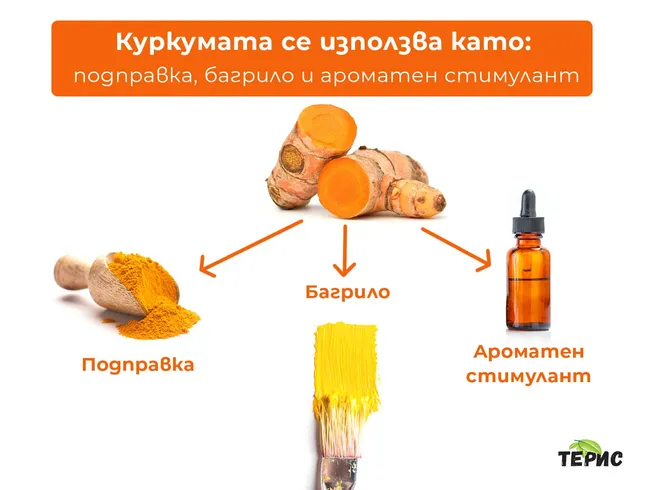Turmeric - the most studied spice on the planet
Table of Contents
#History of Turmeric
Turmeric has been used in Asia for centuries. From India, it spread to Southeast Asia along with Hinduism and Buddhism, as the yellow dye was used to color the robes of monks and priests. In ancient times, it was used as a perfume as well as a spice.
Turmeric was found in Tahiti and Hawaii before any European contact. There is linguistic and indirect evidence of the spice's spread and use by Austronesian peoples in Oceania and Madagascar. Specifically, populations in Polynesia and Micronesia never had contact with India, but widely used the spice both for food and as a dye.

Turmeric also became very popular in the West, where it was noted as a dyeing plant by the Assyrians in the 6th century BC. In medieval Europe, it was called "Indian saffron".
The roots of the plant have been used since ancient times as a spice, textile dye and in medicine as an aromatic stimulant.
#Botanical Characteristics of "Curcuma longa L."
"Curcuma longa L." - Turmeric is a perennial herbaceous plant, member of the botanical group Curcuma, from the Zingiberaceae family - tuberous rhizomes or underground stems.